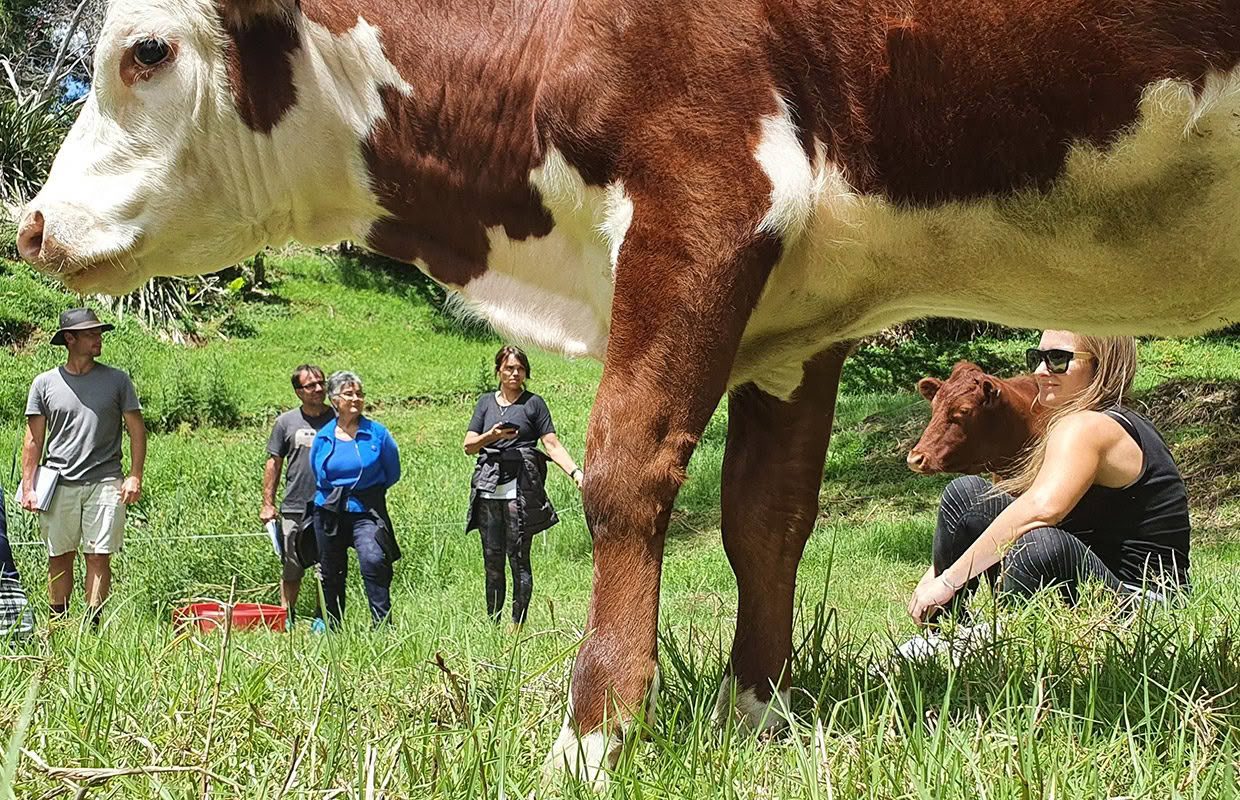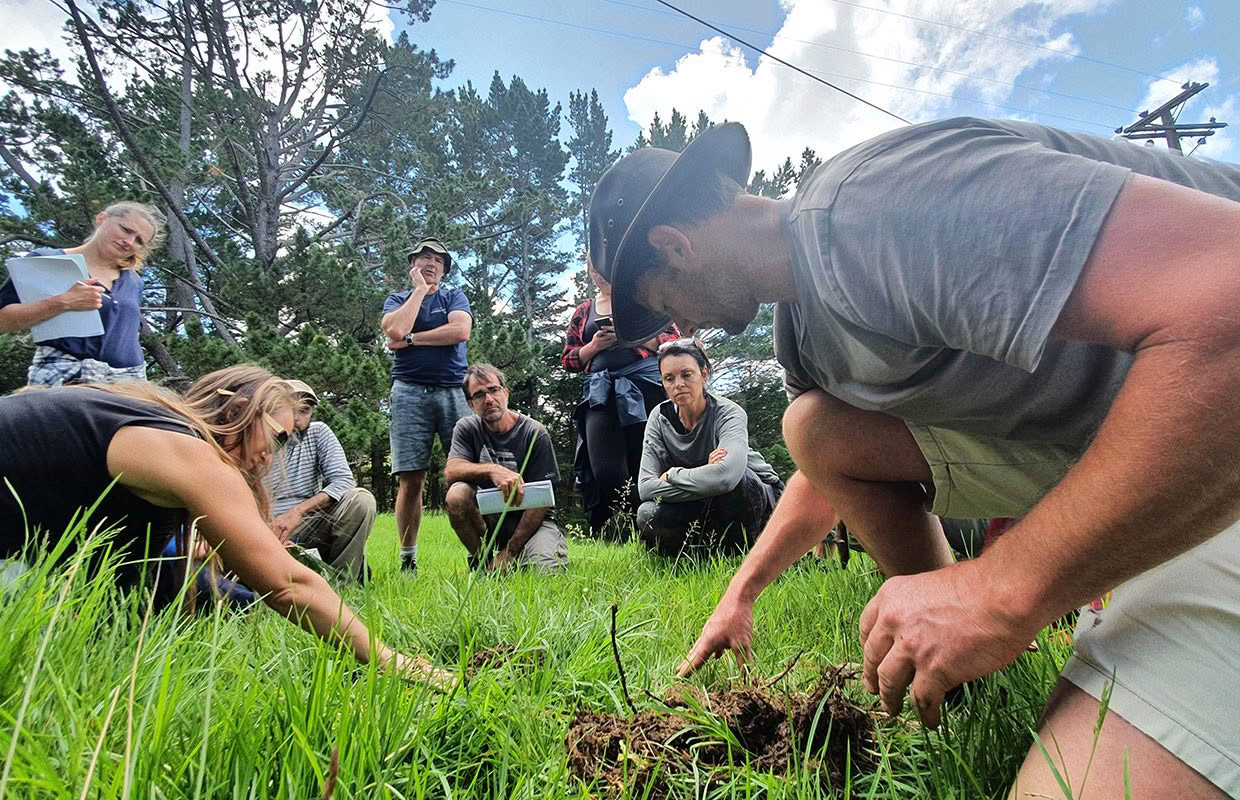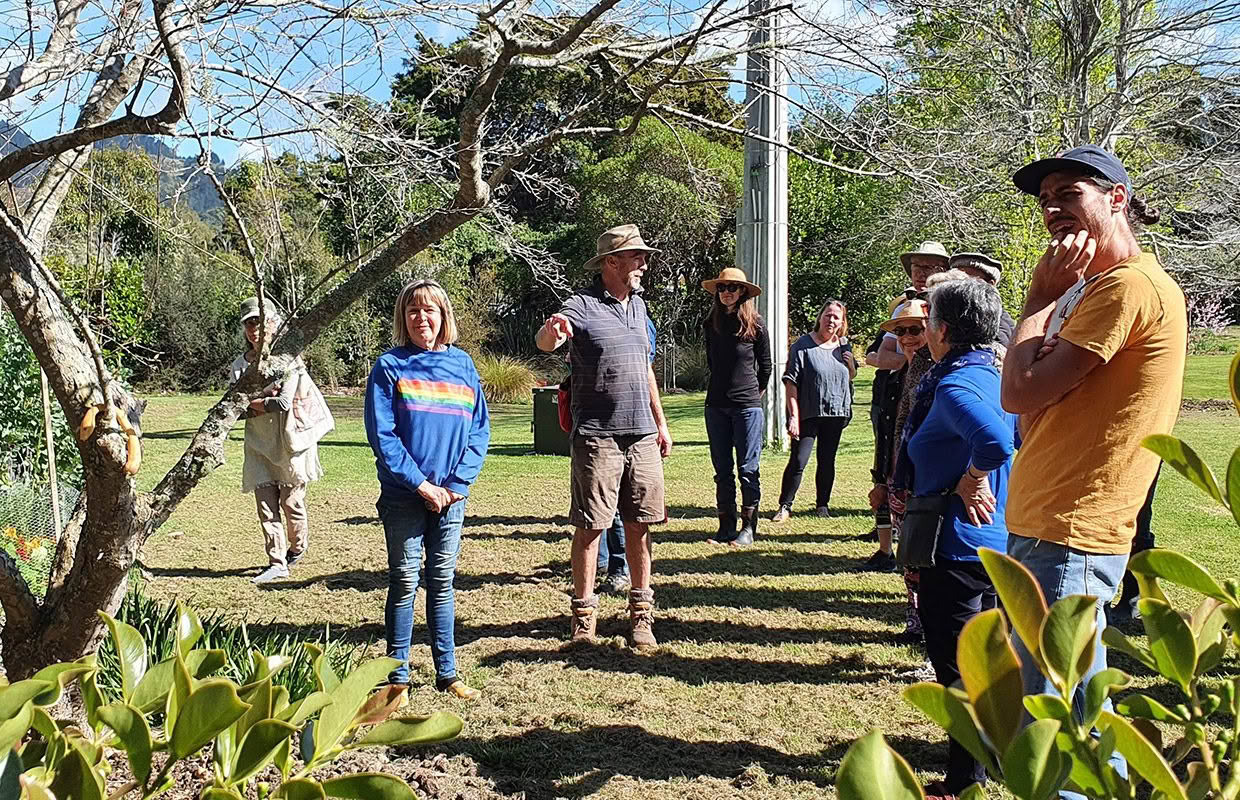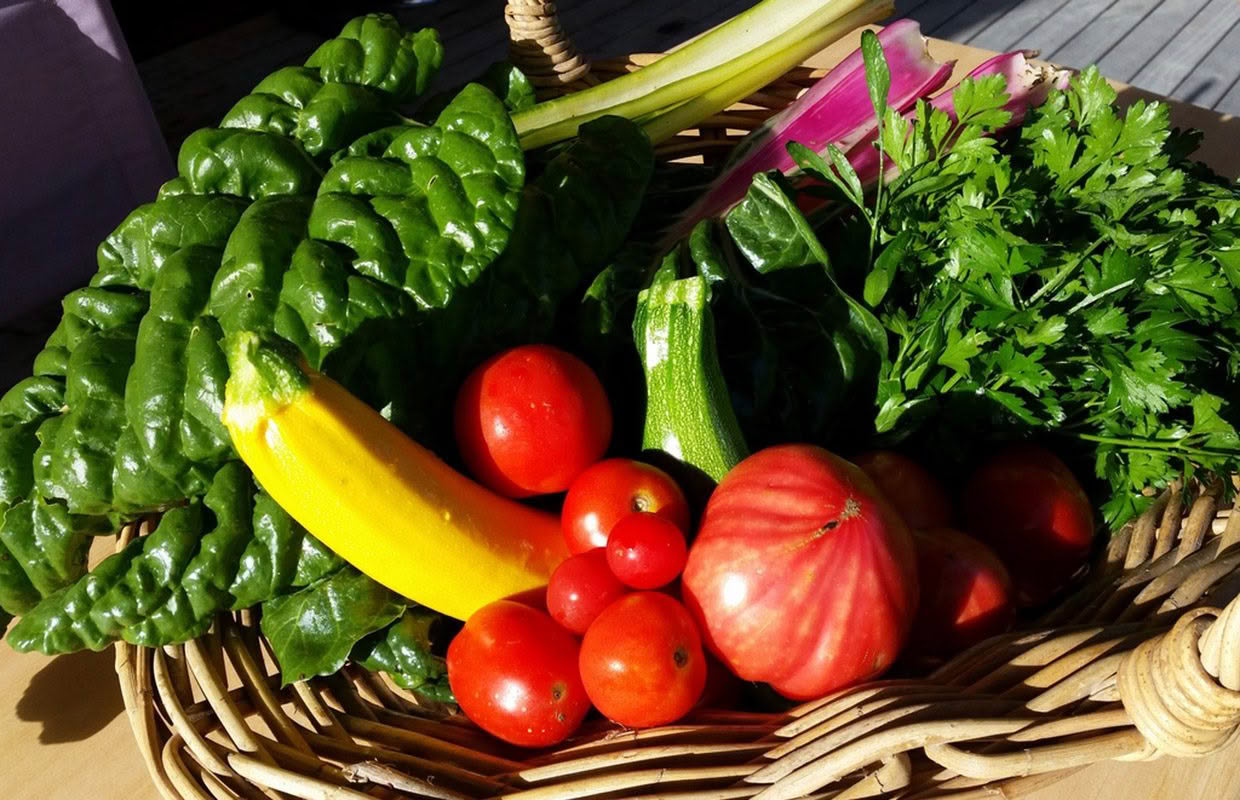How permaculture can prevent lifestyle block burnout

Words: Michael Andrew
Many people think that permaculture will help them do more on their properties. But according to the teacher of an upcoming permaculture design course, it will actually help them do less.
It could be one of the most unromantic versions of the fabled country dream: someone buys a lifestyle block, tries in vain to raise and grow everything under the sun in a quest for self-sufficiency, gets overwhelmed by the enormity of the task, sells the property and moves to a more manageable one back in town.
While this might seem like an extreme scenario that happens only to the most hapless or unmotivated of people, it’s actually common. So common, in fact, that permaculture designer Guenther Andraschko says it’s the main reason why the average ownership period of a lifestyle property is only seven years.
“Very often, lifestyle blocks are doomed to failure because everybody thinks they need to have everything themselves,” he says. “And that quite often leads people to a sense of disillusionment – they think ‘it’s too much and it’s too much work and I don’t want to do it anymore’.
“If you want to have everything under the sun, but you only have this much money to put into it, and you only have four hours a week to put into it, and you have a family and relationships and work, you’re actually gonna burnout and it’s all gonna fall over at some stage.”
Playfully dubbing himself “the messenger of doom”, Guenther specialises in exposing people to the limits of what they can do on their properties so that they don’t spread themselves too thin. Rather than teaching ways to achieve “self-sufficiency” in the conventional sense, he encourages property owners to reflect deeply on what they want from their land, and then design their systems around the few areas that their time, money and resources allow for. In this way, people are able to avoid exhaustion and disillusionment and cultivate productive long-term bonds with their properties.
“I like to ask the hard question, ‘what does it mean to you to have the lifestyle that you want to have?’ And whatever that means, I like to align the fantasy with the reality.”

Together with fellow permaculture designer Trish Allen, Guenther will be running an internationally-recognised permaculture design course in Matakana from May 27, in which he’ll be enabling people to realise their visions through the creation of viable, efficient systems. With nine theory classes and eight practical workshops held over six months, the PDC will provide a comprehensive exploration of the core elements of permaculture including ethics, growing, soil health, earth building and economics and resilience.
Trish Allen, a waste minimisation icon and one of New Zealand’s first permaculture practitioners, says the course will teach people far more than just how to grow food. “Permaculture is based on three ethics: earth care, people care and fair share,” she says. “It’s about looking after soils, looking after our water, and producing no waste. It provides so many solutions for climate change. It’s a way of life basically.”
“One of the things that I’m very passionate about is reducing waste – going for a circular economy. We cover that because one of the principles of permaculture is to produce no waste. So it’s not just about reducing your waste, it’s about producing no waste. We’re going a step back.”

Along with providing students with the tools to better manage their properties, the course aims to foster the idea that a human being does far better when they see themselves, their land and their community as part of the same ecosystem. By focusing less on “self-sufficiency” and more on community sufficiency, a landowner can devote their land to producing an abundance of fewer resources, while relying on neighbours for others.
“A great thing Trish always says is that kale grows really well at her place,” Guenther says. “But she doesn’t like eating it. So she trades kale for eggs at the community swap.
“People often think that they need to have their own mower and they need to grow all the veggies themselves. But if you actually see yourself as a cog in the bigger context, then you grow the things that the land is suitable for, and you trade with your neighbours who are growing other things.”

Because owning a lifestyle block can be so complex, full of mental and emotional challenges, failure and learnings, Guenther sees himself as more of lifestyle block counsellor than a permaculture designer, asking people to reflect on their vision for their land and then building a relationship around that.
“I like to enable people to reach their dreams,” he says. “When people strike that balance between themselves, the land and the community, and they go ‘oh, that’s how I can make it work’, that for me is so satisfying – it makes me really happy.”
The full PDC consists of nine theory days and three practical workshops, held over seven months. There are eight practical workshops to choose from, and once the PDC students have taken their pick the remaining spots are open to the public:
Gardening and Seed Saving – 28 May 2023
Mushroom Growing – 25 June 2023
Fermentation – Vegetables and Dairy – 16 July 2023
Pruning and Grafting – 6 August 2023
Plant Propagation and Composting – 27 August 2023
Deep Ecology and Inner Resilience – 24 September 2023
Field Trip to Permaculture Properties in the Matakana Region – 29 October 2023
Earth-Building – 12 November 2023
Cost
Full PDC: $1,495.
Additional practical workshops for PDC students: $90
Individual theory or practical workshops for the public: $155 each or $130 for three or more.
The Earthskin Trust has generously provided scholarships up to $500 for people who need financial support. For more information on the scholarships go to the Earthskin website.

